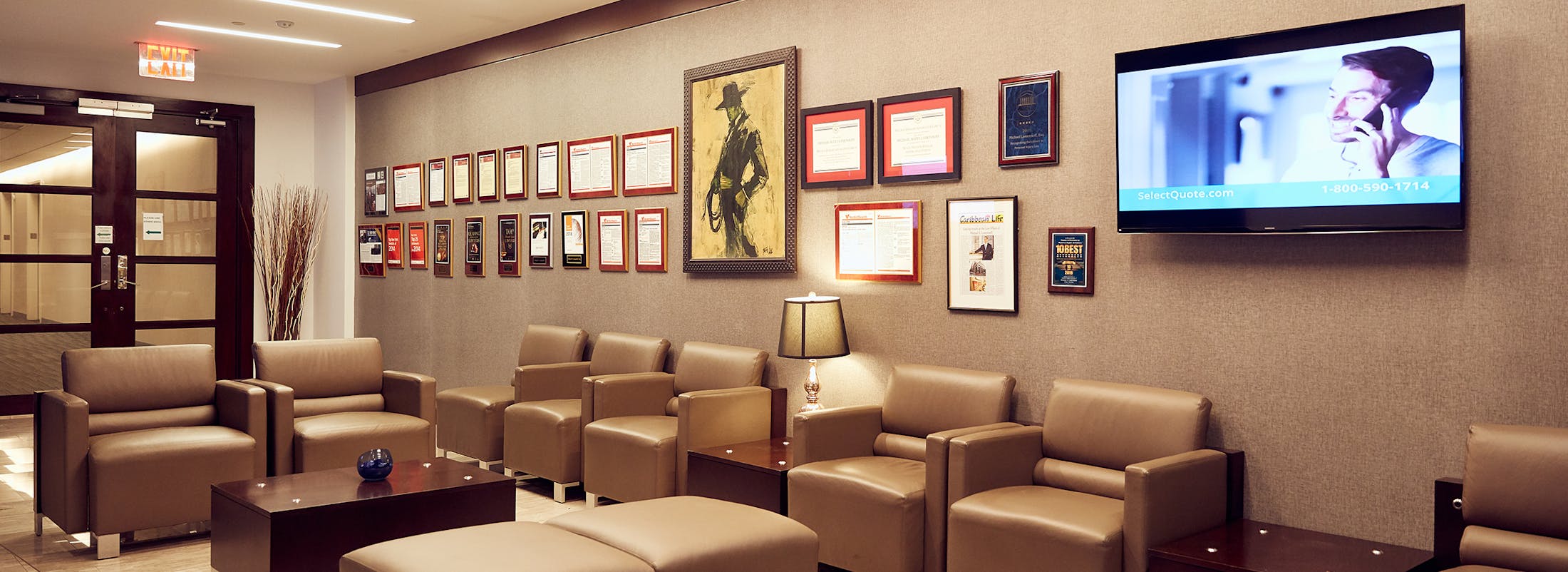Is There Lead Paint In Your Home?
NYCHA AND LEAD PAINT
In the 1950s, lead paint was commonly used in residences throughout New York City. In 1960, however, the city banned the use of paint containing lead in residential housing. Despite lead paint being banned, there are still thousands of NYC apartment buildings that have not completely removed this type of paint. This is where a NY personal injury law firm can help.
Lead is especially dangerous for children; even small amounts of lead can negatively affect their mental capabilities. In most cases, lead poisoning occurs through hand-to-mouth contact. Lead dust from peeling paint settles on surfaces, which can easily make its way to children’s hands, toys, furniture, and other objects.
In the last five years alone, there were 202 children living in 133 New York City Housing Authority (NYCHA) apartments who tested positive for high levels of lead. One of the children affected, Leilani McClain, lives in the Pomonok Houses in Queens, which opened when lead paint was still widely used. In August 2014, Leilani’s mother, Marisa Vargas, took her to the hospital to address concerns over a fever, only to find out Leilani registered a blood-lead level of 24 ug/dl; anything at or above 10 ug/dl is considered harmful.
All that Ms. Vargas wants now is to be able to raise her child in an environment that is not poisonous. The NYCHA, however, has done nothing to help facilitate a transfer to another apartment despite two requests, nor have they removed the lead paint from her apartment.
HOW TO PREVENT AND REMOVE LEAD
If your home was built before 1978, have your home tested for lead. You can get your home checked by a professional in the following ways:
– A paint inspection will tell you the lead content of every painted surface in your home. This is most appropriate when you are buying a home or signing a lease.
– A risk assessment tells you if there are any sources of serious lead exposure such as peeling paint and lead dust, and tells you what actions to take to address these hazards. If there are lead-painted surfaces found in your home, it is very important to keep track of them.
Lead-based paint in good condition is usually not harmful, but make sure to do the following to make sure no harmful exposure occurs:
– Regularly check your home for chipping, peeling, or deteriorating paint. Check all painted areas (windows, doors, stairways, etc.) for signs of deterioration.
– Regularly check for paint chips or dust. If you see any, remove carefully with a damp paper towel, then wipe surface clean with a wet paper towel. –
Wipe down flat surfaces, like window sills, at least once a week with a damp paper towel. – Mop smooth floors weekly using a damp mop to control dust.
– Remember to test for lead and lead hazards by a lead professional.
HOW WE’RE HELPING
Michael Lamonsoff, the principal of the Law Office of Michael S. Lamonsoff and Marisa Vargas’ attorney, has seen several cases where the Department of Health uses an X-ray test that discovers lead, but NYCHA’s test finds the level of lead present in the apartment harmless.
This is an ongoing case, and the Law Offices of Michael S. Lamonsoff is doing everything possible to help Ms. Vargas and Leilani remove themselves from the poisonous apartment and attain any reward that justice deems necessary for the harm they have suffered. Read more about the case here.
To read more about the practice areas the Law Offices of Michael S. Lamonsoff works with, click here. To learn more about our recent cases, explore more of our blog. If you have been harmed in any way, please call us at any time at 212-962-1020 (toll-free at 877-MSL-4LAW or 877-675-4529) to arrange a free initial consultation of your case.

